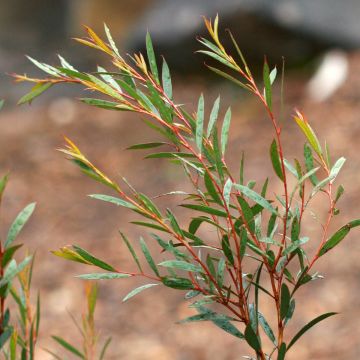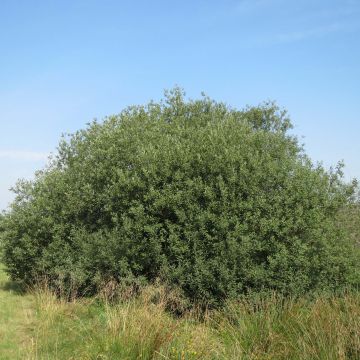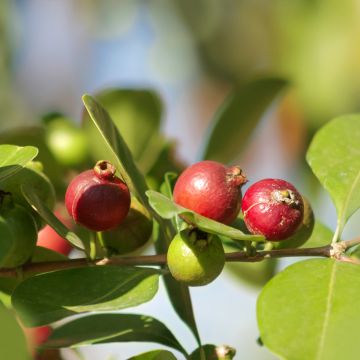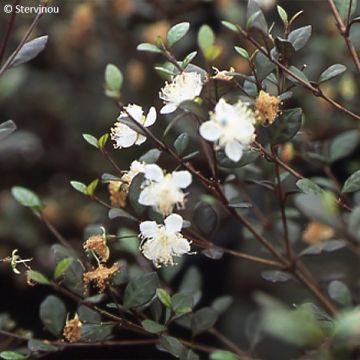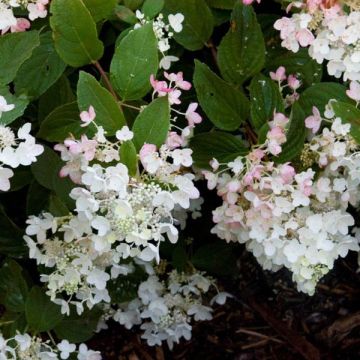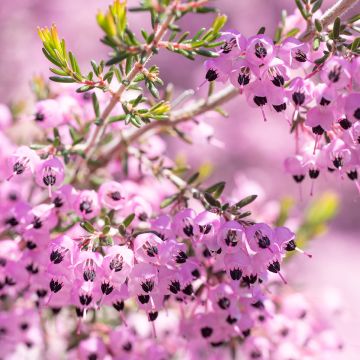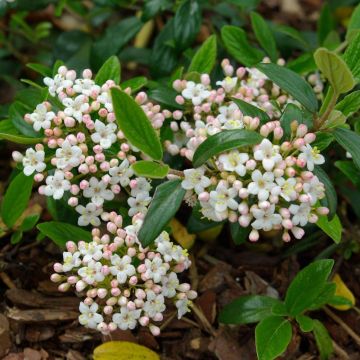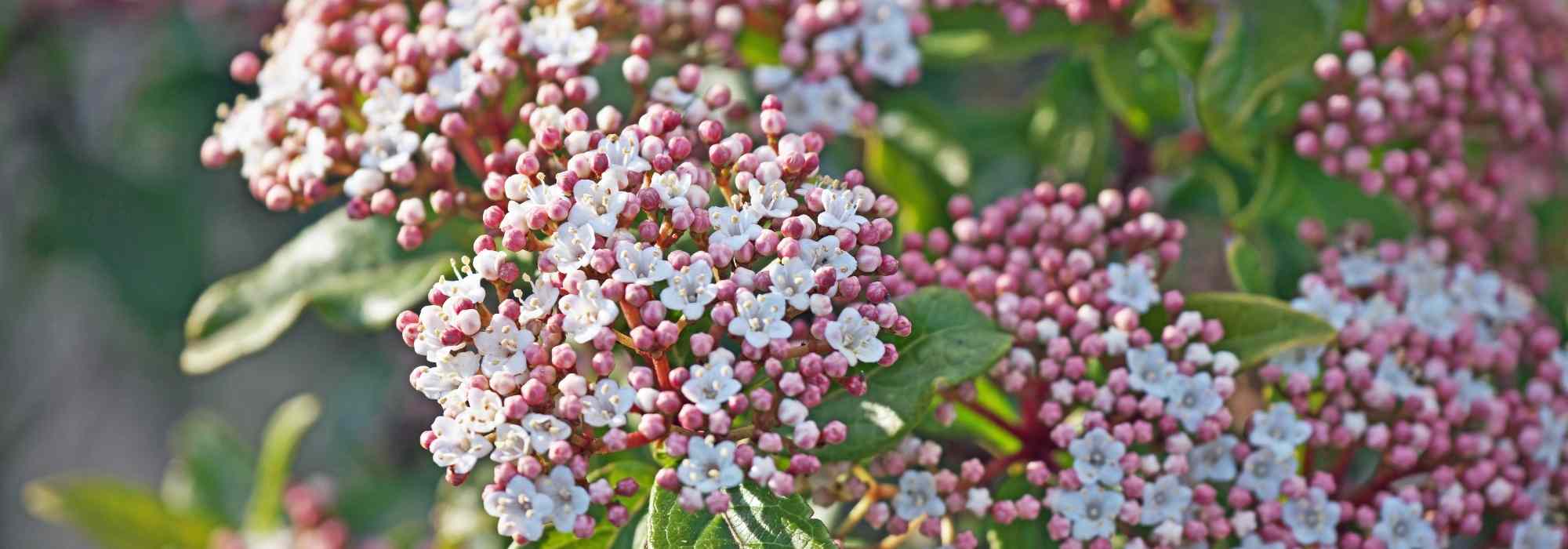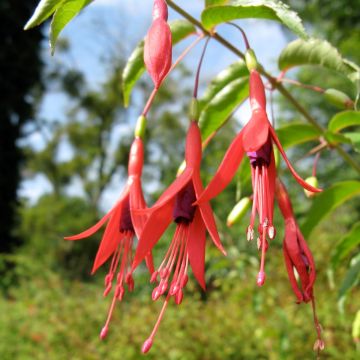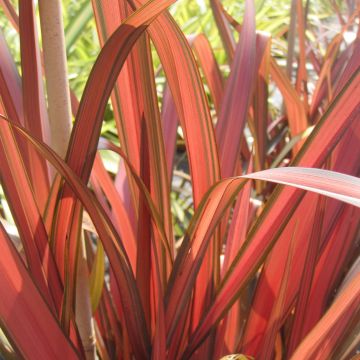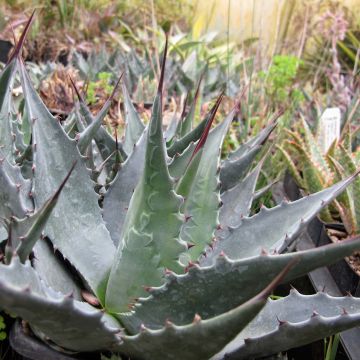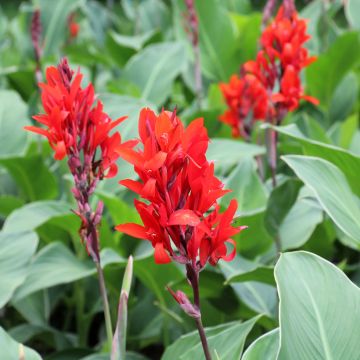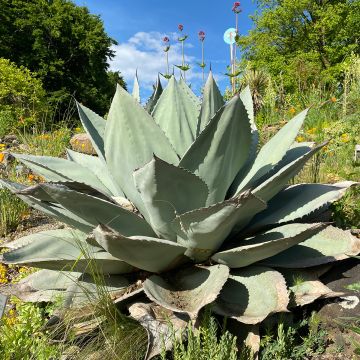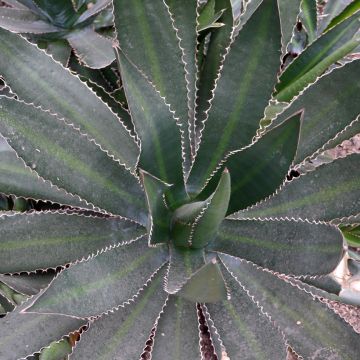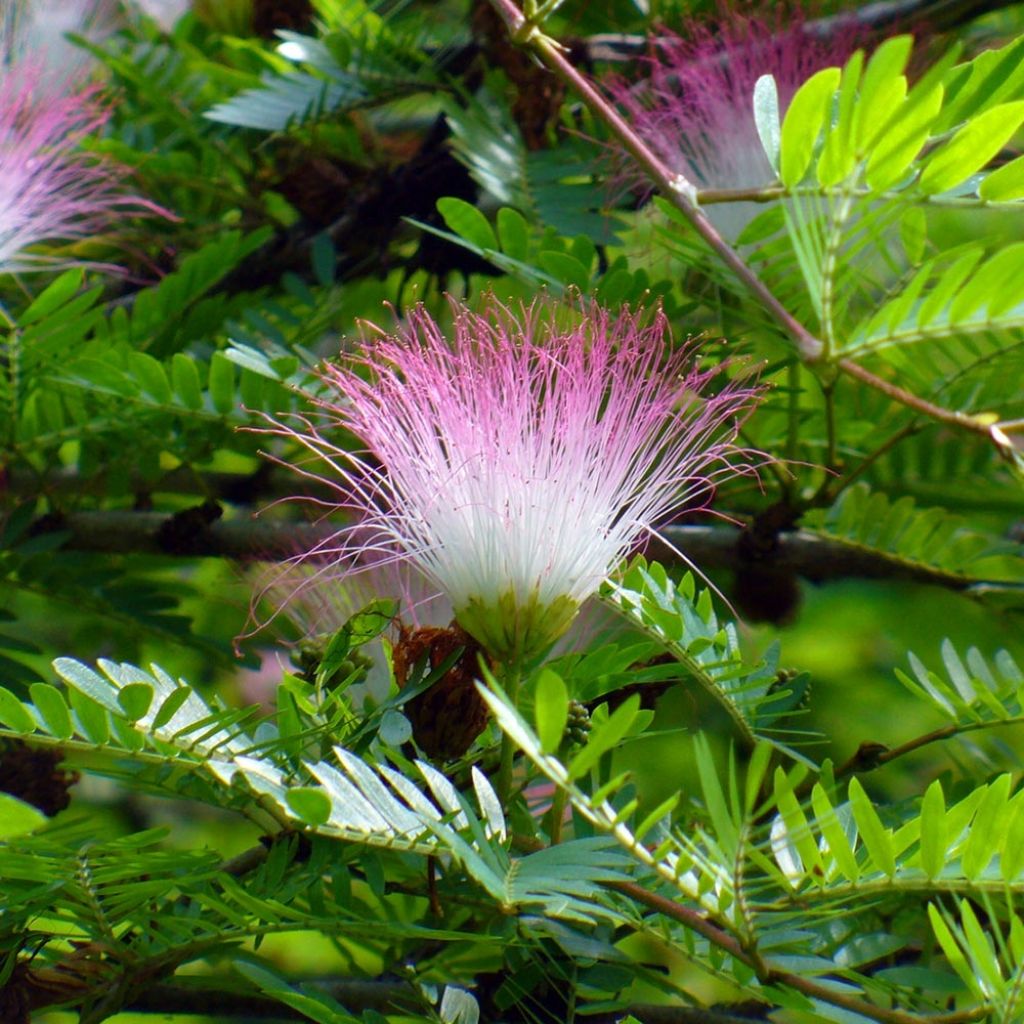

Calliandra surinamensis
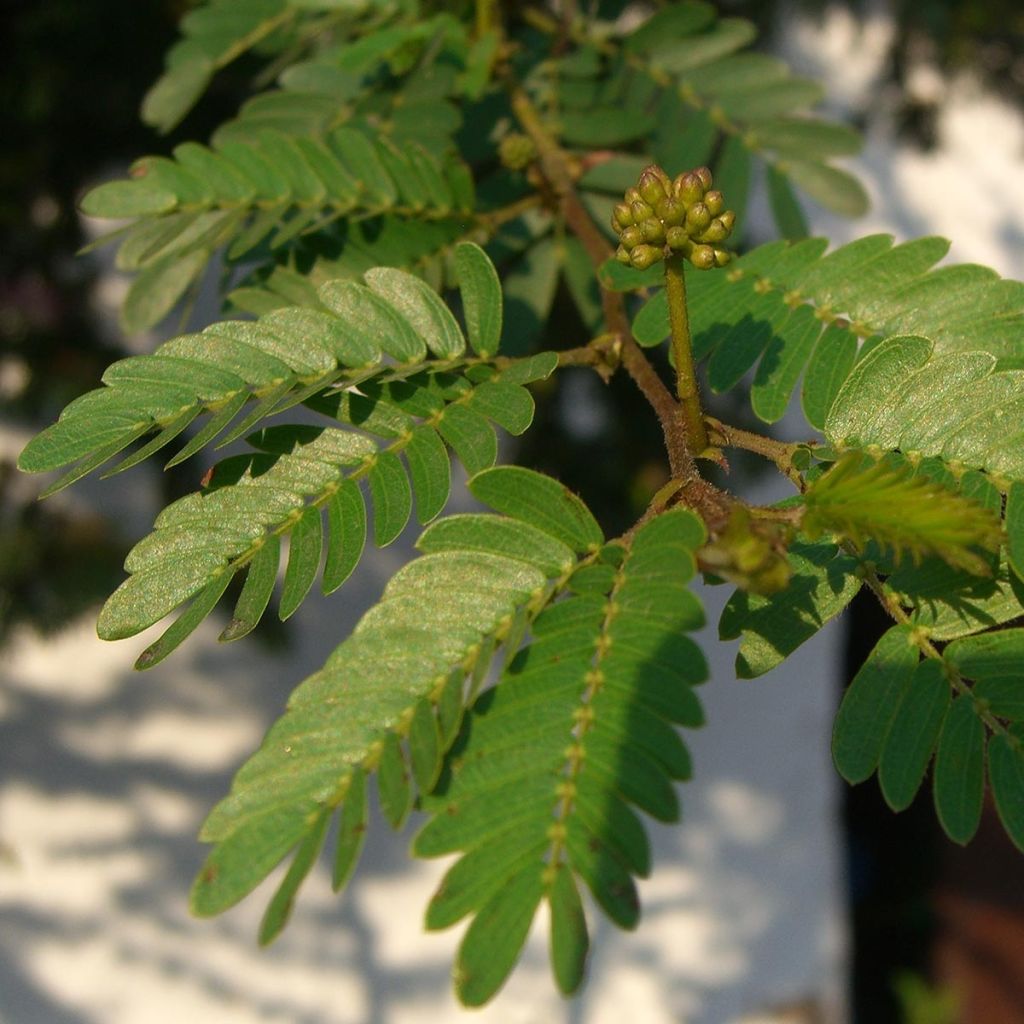

Calliandra surinamensis
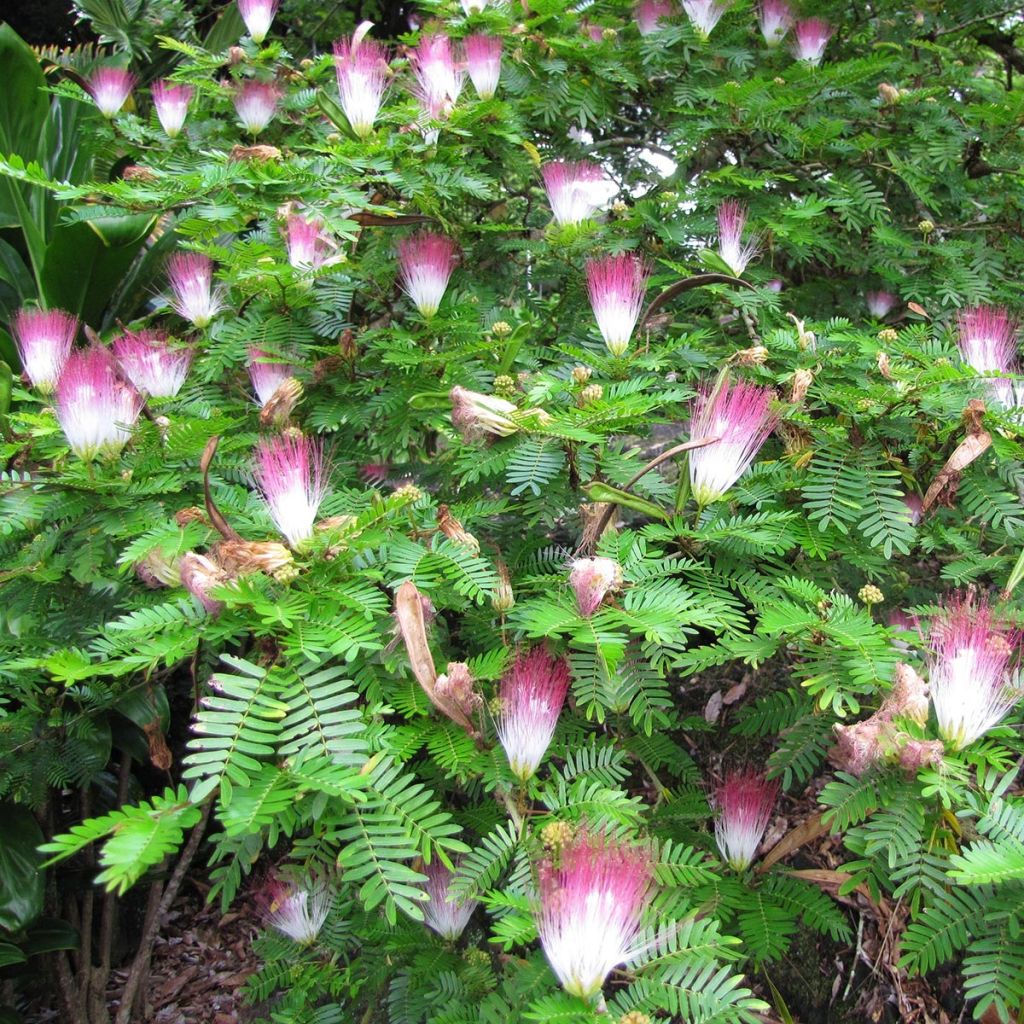

Calliandra surinamensis
Calliandra surinamensis
Calliandra surinamensis
Powder Puff, Surinam Powder Puff, Surinamese Stickpea
Special offer!
Receive a €20 voucher for any order over €90 (excluding delivery costs, credit notes, and plastic-free options)!
1- Add your favorite plants to your cart.
2- Once you have reached €90, confirm your order (you can even choose the delivery date!).
3- As soon as your order is shipped, you will receive an email containing your voucher code, valid for 3 months (90 days).
Your voucher is unique and can only be used once, for any order with a minimum value of €20, excluding delivery costs.
Can be combined with other current offers, non-divisible and non-refundable.
Home or relay delivery (depending on size and destination)
Schedule delivery date,
and select date in basket
This plant carries a 24 months recovery warranty
More information
We guarantee the quality of our plants for a full growing cycle, and will replace at our expense any plant that fails to recover under normal climatic and planting conditions.
Would this plant suit my garden?
Set up your Plantfit profile →
Description
Calliandra surinamensis is an ornamental shrub with shiny, finely cut, green foliage, and summer flowers in white and pink plumes, it is very unique! It is a medium-sized shrub with large erect branches at the base, supporting a very dense canopy of slender stems and delicate small bipinnate leaves. Not very hardy, its exotic appearance is best suited to coastal gardens or Mediterranean gardens with more sun and a milder climate. Its spreading shape and modest dimensions make it suitable as a specimen , or in flower beds, and even large pots on a patio! Reserve a spot for it in full sun in fertile, well-drained, moist to dry, neutral to chalky soil.
Calliandra surinamensis, commonly called Sailor's Pompom, is a shrub of the Fabaceae family, native to northern South America. Hardy to -5°C, it should be grown in a pot and moved indoors during harsh winters. It is a very ornamental bush with its delicate appearance and silky, brightly coloured flowers in summer. Tolerant of heat and occasional drought, it is especially suited to mild climate gardens.
Under favourable growing conditions, it can reach an average size of 4 m (13ft) in all directions. Initially erect, then spreading, it often forms multiple slender trunks that bear a dense canopy of small, highly branched, slender stems with small bipinnate foliage. In its native habitat, it can flower all year round, while in our climates, flowering occurs in August-September, producing plume-like and silky inflorescences that are characteristic of certain genera in this large family, including Albizia. Flowers are actually made up of very long, fluffy stamens that are white at the base and reddish-pink at the tips. Flowering is followed by the development of fruit, long flat pods, initially green and then brown, each containing several smooth seeds. The light green leaves, evergreen or semi-evergreen depending on the severity of the winter, are alternate and very large, divided into large leaflets, themselves subdivided into small leaflets. Finally, and this is a characteristic of plants in the Fabaceae family, the roots form nodules capable of fixing atmospheric nitrogen due to specific bacteria present in these organs. The root system of this small tree does not tolerate transplanting well.
Sailor's Pompom with its spreading and light and airy silhouette could be planted as a specimen to provide light shade to the patio, for example. Its flowering enhances its exotic appearance. In mild climates, it can be paired with Oleanders and Pittosporums. Care must be taken to protect its hardiness by planting it in well-drained soil, in full sun, and sheltered from prevailing winds and cold drafts.
Report an error about the product description
Calliandra surinamensis in pictures
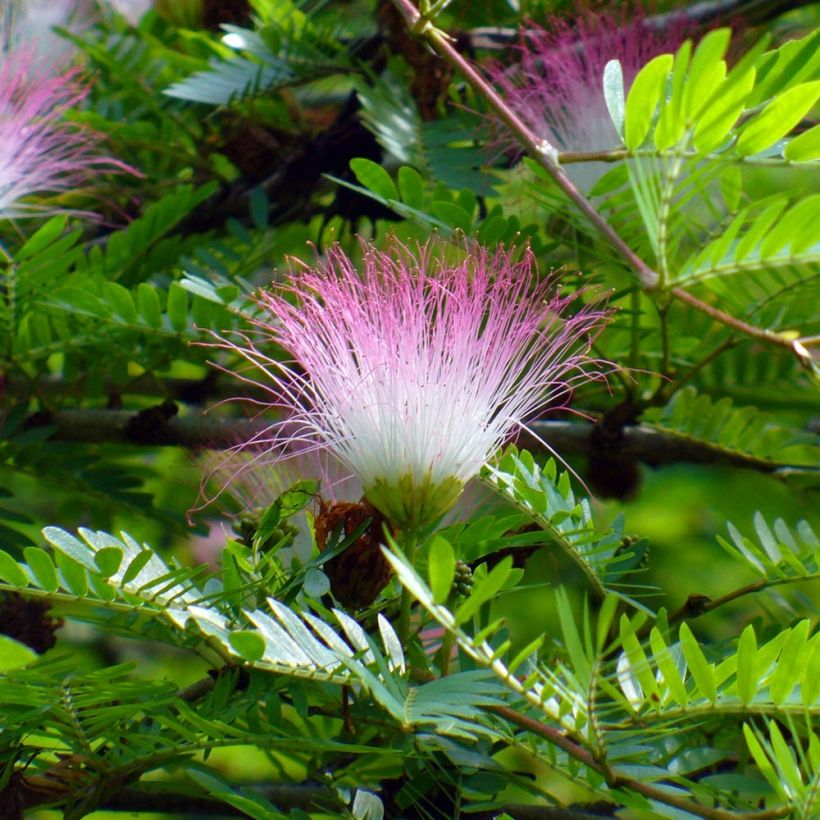

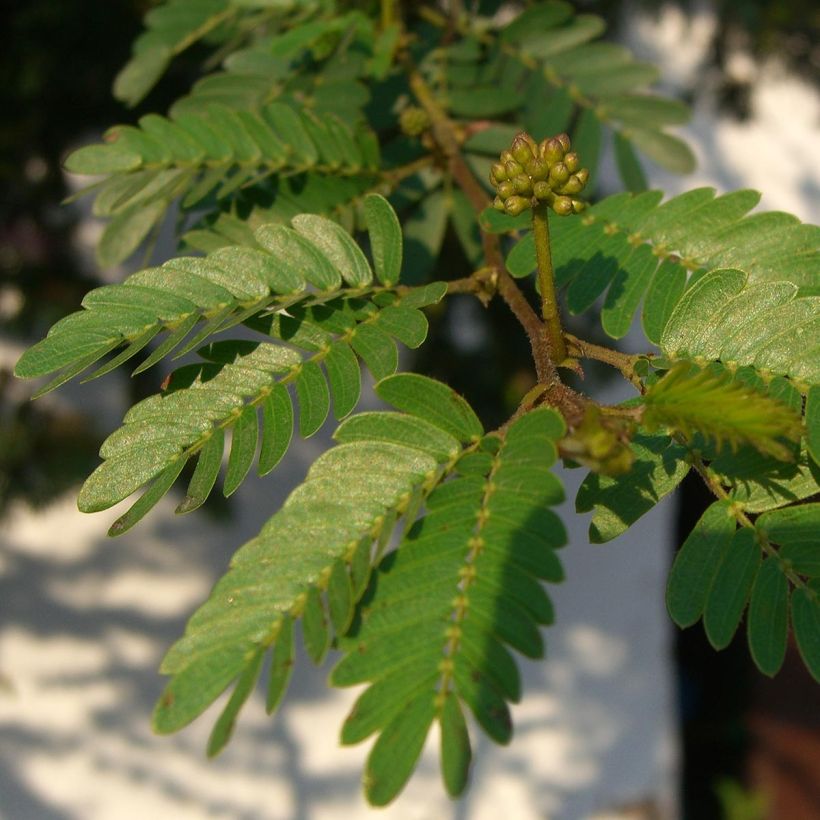

Plant habit
Flowering
Foliage
Botanical data
Calliandra
surinamensis
Fabaceae
Powder Puff, Surinam Powder Puff, Surinamese Stickpea
South America
Other Shrubs A to Z
View all →Planting and care
Calliandra surinamensis is preferably planted in early autumn in milder regions or late winter in colder regions. Resistant to -5°C (23°F), choose a warm location, in full sun and sheltered from cold winds. This plant prefers fertile, well-drained soils, from moist to dry, neutral to limestone. It is naturally resistant to diseases and parasites.
Planting period
Intended location
Care
Planting & care advice
This item has not been reviewed yet - be the first to leave a review about it.
Similar products
Haven't found what you were looking for?
Hardiness is the lowest winter temperature a plant can endure without suffering serious damage or even dying. However, hardiness is affected by location (a sheltered area, such as a patio), protection (winter cover) and soil type (hardiness is improved by well-drained soil).

Photo Sharing Terms & Conditions
In order to encourage gardeners to interact and share their experiences, Promesse de fleurs offers various media enabling content to be uploaded onto its Site - in particular via the ‘Photo sharing’ module.
The User agrees to refrain from:
- Posting any content that is illegal, prejudicial, insulting, racist, inciteful to hatred, revisionist, contrary to public decency, that infringes on privacy or on the privacy rights of third parties, in particular the publicity rights of persons and goods, intellectual property rights, or the right to privacy.
- Submitting content on behalf of a third party;
- Impersonate the identity of a third party and/or publish any personal information about a third party;
In general, the User undertakes to refrain from any unethical behaviour.
All Content (in particular text, comments, files, images, photos, videos, creative works, etc.), which may be subject to property or intellectual property rights, image or other private rights, shall remain the property of the User, subject to the limited rights granted by the terms of the licence granted by Promesse de fleurs as stated below. Users are at liberty to publish or not to publish such Content on the Site, notably via the ‘Photo Sharing’ facility, and accept that this Content shall be made public and freely accessible, notably on the Internet.
Users further acknowledge, undertake to have ,and guarantee that they hold all necessary rights and permissions to publish such material on the Site, in particular with regard to the legislation in force pertaining to any privacy, property, intellectual property, image, or contractual rights, or rights of any other nature. By publishing such Content on the Site, Users acknowledge accepting full liability as publishers of the Content within the meaning of the law, and grant Promesse de fleurs, free of charge, an inclusive, worldwide licence for the said Content for the entire duration of its publication, including all reproduction, representation, up/downloading, displaying, performing, transmission, and storage rights.
Users also grant permission for their name to be linked to the Content and accept that this link may not always be made available.
By engaging in posting material, Users consent to their Content becoming automatically accessible on the Internet, in particular on other sites and/or blogs and/or web pages of the Promesse de fleurs site, including in particular social pages and the Promesse de fleurs catalogue.
Users may secure the removal of entrusted content free of charge by issuing a simple request via our contact form.
The flowering period indicated on our website applies to countries and regions located in USDA zone 8 (France, the United Kingdom, Ireland, the Netherlands, etc.)
It will vary according to where you live:
- In zones 9 to 10 (Italy, Spain, Greece, etc.), flowering will occur about 2 to 4 weeks earlier.
- In zones 6 to 7 (Germany, Poland, Slovenia, and lower mountainous regions), flowering will be delayed by 2 to 3 weeks.
- In zone 5 (Central Europe, Scandinavia), blooming will be delayed by 3 to 5 weeks.
In temperate climates, pruning of spring-flowering shrubs (forsythia, spireas, etc.) should be done just after flowering.
Pruning of summer-flowering shrubs (Indian Lilac, Perovskia, etc.) can be done in winter or spring.
In cold regions as well as with frost-sensitive plants, avoid pruning too early when severe frosts may still occur.
The planting period indicated on our website applies to countries and regions located in USDA zone 8 (France, United Kingdom, Ireland, Netherlands).
It will vary according to where you live:
- In Mediterranean zones (Marseille, Madrid, Milan, etc.), autumn and winter are the best planting periods.
- In continental zones (Strasbourg, Munich, Vienna, etc.), delay planting by 2 to 3 weeks in spring and bring it forward by 2 to 4 weeks in autumn.
- In mountainous regions (the Alps, Pyrenees, Carpathians, etc.), it is best to plant in late spring (May-June) or late summer (August-September).
The harvesting period indicated on our website applies to countries and regions in USDA zone 8 (France, England, Ireland, the Netherlands).
In colder areas (Scandinavia, Poland, Austria...) fruit and vegetable harvests are likely to be delayed by 3-4 weeks.
In warmer areas (Italy, Spain, Greece, etc.), harvesting will probably take place earlier, depending on weather conditions.
The sowing periods indicated on our website apply to countries and regions within USDA Zone 8 (France, UK, Ireland, Netherlands).
In colder areas (Scandinavia, Poland, Austria...), delay any outdoor sowing by 3-4 weeks, or sow under glass.
In warmer climes (Italy, Spain, Greece, etc.), bring outdoor sowing forward by a few weeks.
































